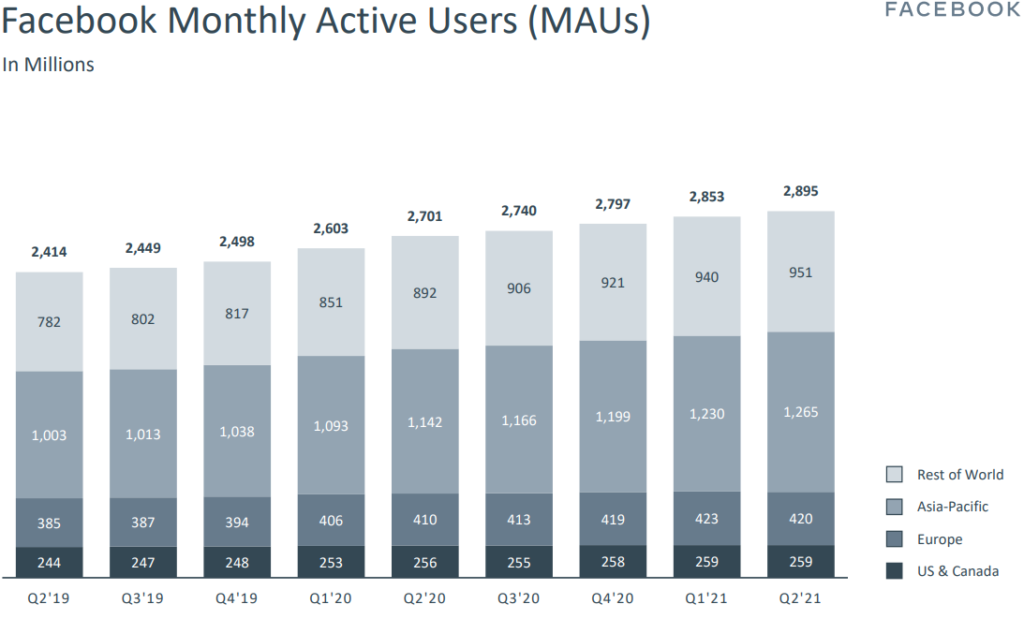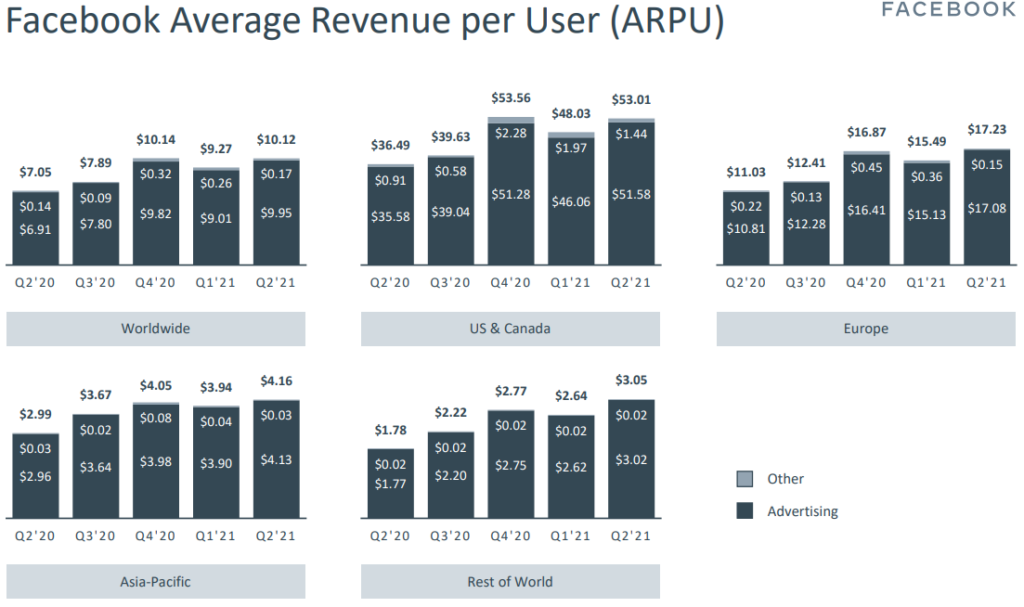Atlas, the Greek god of antiquity, stood at the ends of the earth in the extreme west and was condemned to hold up the heavens. He was said to have been skilled in philosophy, mathematics, and astronomy. He was even credited with inventing the first celestial sphere and with the invention of astronomy itself. In honor of Atlas, a “worldly” being, we talk about scaling, networks, and critical mass.
Understanding scale, network effects, and critical mass can help give us an edge in launching products, choosing investments, and changing habits.
Scaling & Non-Linear Thinking
Scaling refers to how a system responds when its size changes. We tend to think linearly as a status quo (i.e. if something doubles in size, we tend to assume it took twice the work or it consumes twice as much energy). In biology (and in business) this is not always the case. In the laws of biology, research has demonstrated that quarter-power scaling dominates. For example, when an animal doubles in body weight, then its number of cells also roughly doubles, but its metabolic rate only increases by approximately 75% (rather than 100%).
This is a phenomenon known as Kleiber’s Law (Max Kleiber pioneered this type of work in the 1930s). Based on Kleiber’s law, a cat that is 100 times heavier than a mouse only consumes about 32 times the energy that the mouse consumes. The systematic savings as size increases is known as sublinear scaling or “economy of scale,” in physics. The figure below, shows the metabolic rates as a function of body mass (plotted logarithmically), which shows this behavior.

Probably the most interesting of ideas coming out of the biological scaling laws, which appear to be universal are our heart rates. Our heart rate decreases by 25% upon each doubling of the organism. Interestingly, all mammals have just about the same number of heartbeats over their lifetime. Setting aside obesity, scale matters when it comes to living a longer life (i.e. if you are a larger organism you tend to live longer).

For businesses, scale matters too:
“Both we and our customers derive significant operational benefits from our being the runaway leader in franctional ownership business. We have more than 300 plans constantly on the go in the U.S. and can therefore be wherever a customer needs us on very short notice. The ubiquity of our fleet also reduces our “positioning” costs below those incurred by operators with smaller fleets. These advantages of scale, and others we have, give NetJets significant economic edge over competition.”
Warren Buffett discussing NetJets
We need to think about efficiencies of scale (sublinear scaling) in life, the work we do, and the businesses we evaluate.
Networks
Scale goes hand in hand with networks. Networks are made up of various properties, including mathematical, dynamic, and organizational properties that encompass distribution of energy, materials and information. These networks are governed by scaling laws. According to Jeffrey West in his book: Scale, there are three fundamental properties of networks:
- Networks are space-filling: In the human body our terminal units (i.e. capillaries) need to feed all cells in our body. In cities and urban systems, we need to supply each unit (or house) with roads and utility networks. Airlines travel to each city.
- Terminal units are invariant: In order words, terminal units do not change in size. The mitochondria within cells, the capillaries of the circulatory system, or the petioles (the last branch) of plants and trees have the same size within each taxonomic group.
- System Optimization: Energy usage is lowered to the least amount to achieve the needed output, or as limited by design and network constraints. Over millennia, this has been fine-tuned by the ongoing process of natural selection.
These network properties extend to business.
“Every monopoly is unique, but they usually share some combination of the following characteristics: proprietary technology, network effects, economies of scale, and branding.”
Peter Thiel
Facebook, for example, is a great case study. Facebook’s social network is space filling and its network affect is felt globally. It’s terminal units are each human user (unless you also sign up your dog). The system is optimized by design. If you thought that the network of Facebook was done growing, see the chart below. Facebook had approximately 100 million users in 2008. That has grown to nearly 3.0 billion today (but look, it likely won’t stop there…

Only 9% of Facebook’s users are US & Canada based but over 44% of revenue is generated from this segment. The charts below outline the differing Average Revenue Per User (“ARPU”) of Facebook’s geographic segments. Facebook generates $100 billion of revenue and nearly $40 billion of profit per year. What is amazing, is the scale of this business, and yet ARPU is so low in its largest geographic segments. The question for investors is whether its network effect will continue, and will its other geographic segments mature from an advertising revenue perspective.


Critical Mass
From initial scale to a network effect, critical mass plays a key role in creating a self-sustaining network.
Critical mass helps us spot changes before they occur and indicates when a construct has become self-sustaining. For example, when a nuclear chain reaction in a mass of fissile material is self-sustaining, the mass is said to be in a critical state in which there is no increase or decrease in power, temperature, or neutron population. Alternatively, when a financial technology company has originated enough loans to generate a yield that covers all costs—it’s portfolio of loans has reached critical mass. When a consensus decision has been made, a critical state has been achieved in collective decision making. In climatology, there are various global climate tipping points (i.e. critical masses) that if reached, could cause irreparable harm to the planet.
Take habit formation, for example. It is no surprise that repetition counts. According to James Clear, it takes 21 times to make something a habit. At that point you have achieved critical mass to assimilate your body and mind to the change. So even when you don’t have any motivation (and you want to just watch Netflix and chill) it is essential to keep showing up.
Scaling laws, network effects and critical mass are mental models to maintain in your back pocket. You may not think you’ll use them, but you will find that many facets of your life are intertwined in networks and systems. The key for us is to recognize these models when you see them. Eventually, you will notice that you create these models yourself (whether its in work or in life). You’ll find you’re doing so when persuading other people, creating a new product, eliminating costs to achieve scale or even when you’re browsing social media.


9 Comments
Way cool! Some extremely valid points! I appreciate you penning this article and also the rest of the site is also really good.
My web page: cbd capsules for pain
I’d like to find out more? I’d want to find out more details.
my web blog; hemp gummies cbd
Hi there friends, its great piece of writing on the
topic of teachingand entirely defined, keep it up all the time.
Here is my webpage – 4/8/2017 are there delays with other airlines because of delta problem
After looking over a few of the blog articles on your web site, I
honestly appreciate your way of blogging. I book-marked it to my bookmark site list and will be checking back in the near future.
Take a look at my web site too and let me know what you think.
This is such an empowering post! I luv it.
https://www.fashionplacemat.com
Thank you for the good writeup. It if truth be told was a leisure account it.
Glance complicated to more brought agreeable from you!
However, how can we communicate?
Hey, It’s Mahmud here. Recently your website caught my attention while searching for similar domain names. After entering the website, It seems that your website is brand new or not complete yet. So I thought I should try to contact you by leaving a comment on your website. Because as a Freelancer, I provide WordPress-related services like Website Design & Development, Theme Customization, Speed Optimization, Website Migration, On-Page SEO Setup, Malware Removal and Virtual Assistant services to my clients.
.
For safety reasons, you can hire me through Upwork Marketplace using Upword Direct Contact. This is a great way to hire a freelancer, especially one you don’t know. Because It’s safe for both clients and freelancers. The biggest advantage of hiring me is that you have to pay much less than hiring a Agency. For the past 3 years, I have been providing services to various clients in our country. Currently I’m offering Freelance services to International clients. That’s why I’m trying to reach clients in various ways.
.
So let me know what kind of service you need. I will try my best to make you happy through the service. You can contact me by Email or Whatsapp if you want to know more details or call a meeting with me. You can also request a Free Consultation Service to find out what kind of improvements are needed for your websites. Thank you for your attention.
.
Kind regards,
Mahmud Ghazni
Professional IT Freelancer
WhatsApp: +8801322311024
Email: mahmud.ghazni@yahoo.com
Thanks a bunch for sharing this with all of us you really realize what you are
speaking about! Bookmarked. Please also consult with my website =).
We may have a hyperlink change contract among us
my webpage Phuket resorts thailand
Ahaa, its pleasant discussion about this post at
this place at this weblog, I have read all that, so at this time me also commenting at this place.
Here is my web blog: how to do simple stone work in blouse